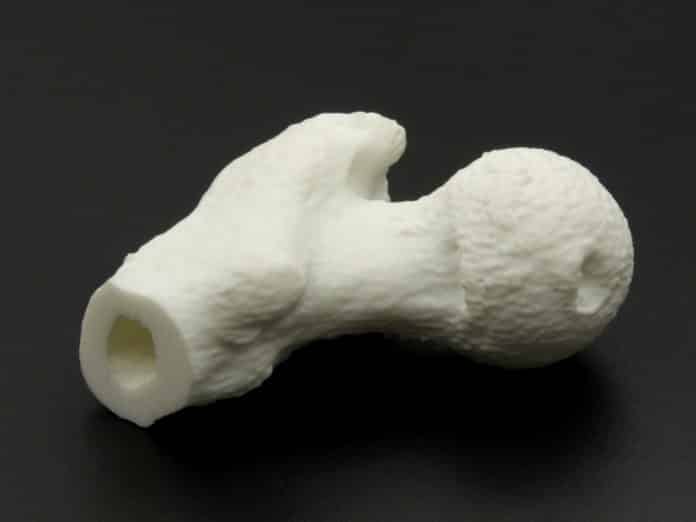Team Puts Forward Alternative Approach to Treating Osteoporosis
The drugs which are on the market to deal with osteoporosis operate from either blocking cells which break down or by fostering osteoblasts-the cells that build bone. Regardless of the prevalence of the medications, osteoporosis still induces 9 million fractures each year, says The International Osteoporosis Foundation.
Researchers at Weill Cornell Medicine at New York now demonstrate a possible new target for treating osteoporosis; plus they have promising effects in mice demonstrating a molecule that boosts the development of the blood vessels reverses that the regeneration of bones and assists fractures heal.
Their study has shown that a substance, best known for spurring nerve growth, called SLIT3, both reversed the bone-weakening effects of osteoporosis while also helping fractures heal when administered in mice.
This multi-center research effort could hopefully fuel drug development efforts targeting the SLIT3 pathway in humans, thereby enabling a new approach for blood vessel-directed therapy to treat bone loss, persistent fractures and fragile bones.
“But only those promoting new bone formation will help you actually heal a bone fracture,” said co-senior study author Dr. Matthew Greenblatt, an assistant professor of pathology and laboratory medicine at Weill Cornell Medicine. “Our findings have potentially demonstrated a third category: drugs that target blood vessel formation within bone, prompting new bone to form.”
Prior research using animal models genetically engineered to lack an adaptor protein known as SHN3, when studied exhibited that its absence conferred high bone mass. Building on these proven facts, Dr. Greenblatt and team decided to examine the resulting changes in bone blood vessels.
In the course of their new, current study, the team was surprised to find that osteoblasts secreted unchanged amounts of almost all known factors promoting blood vessel growth, but SLIT3 levels rose significantly.
When the mice were genetically altered to delete SLIT3, they saw that these animals exhibited low bone mass. “We next asked if we could use SLIT3 to treat mice with skeletal disease, especially osteoporosis and fracture healing,” Dr. Greenblatt said. “When we gave the rodents SLIT3, it reversed their osteoporosis and made their fractures heal faster and stronger.”
“To my knowledge, this is the first example that we can develop a drug to treat bone disease in mice not by targeting the bone-forming cells,” he said, “but instead by targeting special types of blood vessels that exist in bone.”
“Only a small fraction of patients who’ve had a hip fracture and really require medication to prevent additional fractures get the drugs they need. Many people aren’t aware of how debilitating and deadly these kinds of fractures are,” Dr. Greenblatt said. “Having a totally new category of bone drugs that work on different sets of cells could open up new opportunities for treatment.”






























